Gyrocopters, also known as gyroplanes or autogyros, have become increasingly popular in recent years for their unique design and flight characteristics. But can you fly a gyrocopter anywhere? The answers is if that place have a runway.
However, before taking to the skies in one of these aircraft, it’s important to understand the regulations surrounding their use and determine where exactly they can be flown. Different countries have different regulations.
Contents
A gyrocopter is a rotary-wing aircraft that utilizes unpowered rotors to generate lift. Unlike helicopters, gyrocopters don’t have a powered rotor and rely on forward motion to generate the airflow needed to turn the rotor blades.
So, can you fly a gyrocopter anywhere? The short answer is no. There are rules and regulations governing the use of gyrocopters, just like any other type of aircraft.
In this section, we will explore the regulations surrounding gyrocopters and determine where they can and cannot be flown.
We will also define the terms gyrocopter, gyroplane, and autogyro for a better understanding of these unique aircraft.
Key Takeaways
- Gyrocopters are rotary-wing aircraft that use unpowered rotors to generate lift.
- They cannot be flown anywhere, and there are rules and regulations governing their use.
- It’s important to understand the regulations surrounding gyrocopter use before taking to the skies.
Understanding Gyrocopters: A Closer Look at the Aircraft
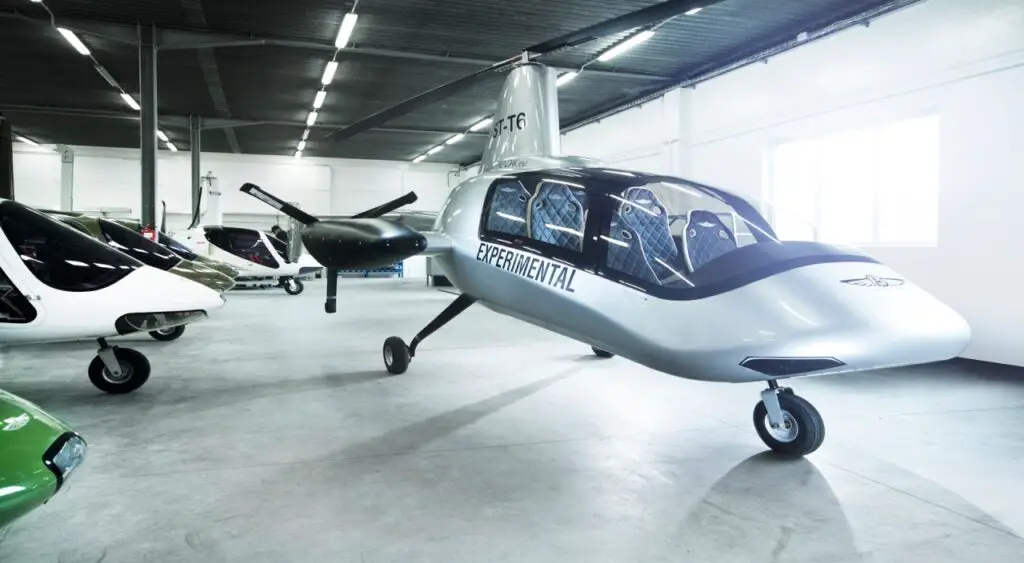
A gyrocopter, also known as a gyroplane or autogyro, is a unique aircraft that uses an unpowered rotor for lift and a powered propeller for thrust.
Unlike a helicopter, a gyrocopter’s rotor is not powered, but instead spins freely due to aerodynamic forces generated by the aircraft’s forward movement.
Gyrocopters are classified as experimental aircraft and are often flown by pilots who hold a sport pilot license.
Sport pilots have less strict requirements than regular pilots, making gyrocopters a popular choice for recreational pilots looking for a new challenge.
Due to their unique design, gyrocopters have a high level of maneuverability and are capable of flying at lower speeds than most other aircraft.
They are also relatively affordable to operate and maintain compared to other aircraft.
Technical Specifications
Gyrocopters typically have a range of around 100-200 miles and can reach speeds of up to 100 miles per hour.
They have a maximum altitude of around 10,000 feet and can carry up to two passengers, depending on the aircraft’s size and weight capacity.
The cockpit of a gyrocopter is typically open-air, with a basic control panel and minimal instrumentation.
The aircraft’s controls include a joystick for pitch and roll control, rudder pedals for yaw control, and throttle controls for the engine.
Gyrocopters come in various sizes and shapes, with some models resembling miniature helicopters and others resembling small airplanes.
Their unique design and capabilities make them a popular choice for aviation enthusiasts looking for something different.
“The gyroplane will never be a major factor in aviation, but it will always be a fascinating and fun way to fly.”
Learning to Fly a Gyrocopter: The Experience and Requirements

Learning to fly a gyrocopter can be an exciting and rewarding experience.
However, it requires a certain level of experience and training to become a certified gyrocopter pilot.
To begin with, a prospective gyrocopter pilot must have some prior experience with flying, such as holding a private pilot’s license for airplanes or helicopters.
This experience will enable them to better understand the basic principles of flight and grasp the unique handling characteristics of gyroplanes.
In addition, gyroplane pilots must obtain a sport pilot certificate, which requires a minimum of 20 hours of flight time, including 15 hours of dual instruction and five hours of solo flight.
The training must be conducted by a certified gyroplane flight instructor, who will teach the student how to take off, fly, and land the aircraft.
Before obtaining a sport pilot certificate, the student must pass a written exam and a flight exam with an FAA designated examiner.
The exam will test the student’s knowledge of gyroplane flight operations, regulations, and safety procedures.
Moreover, it is worth noting that learning to fly a gyrocopter is significantly less expensive and less time-consuming than learning to fly a helicopter.
According to the Aircraft Owners and Pilots Association, the average cost of obtaining a gyroplane sport pilot certificate ranges from $7,500 to $10,000, while becoming a certified helicopter pilot can cost upwards of $40,000.
Overall, learning to fly a gyrocopter requires a certain level of experience and training. Prospective gyroplane pilots must hold a private pilot’s license and obtain a sport pilot certificate, which involves a minimum of 20 hours of flight time.
The training must be conducted by a certified gyroplane flight instructor, and the student must pass a written and flight exam to become certified.
However, the cost and time commitment of becoming a certified gyrocopter pilot are significantly less than that of becoming a certified helicopter pilot.
Gyrocopter Flight Operations: Where Can You Fly?
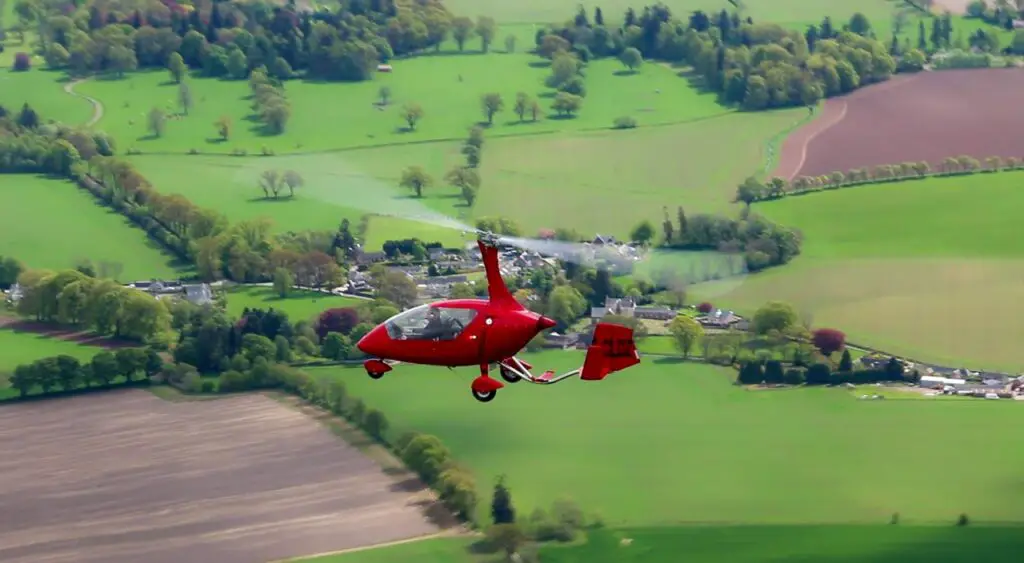
As with any aircraft, there are regulations and guidelines that dictate where you can legally fly a gyrocopter.
One of the most critical considerations when flying a gyrocopter is finding an appropriate landing area. Gyroplanes require a runway or designated area for takeoff and landing.
When it comes to finding a runway, many recreational pilots opt for smaller, private airports or airstrips. These locations tend to be less crowded and have fewer restrictions on the type of aircraft that can land.
However, before landing at any airport or airstrip, it’s essential to check local regulations to ensure your gyrocopter is allowed to land there.
Another essential aspect of gyrocopter flight operations is understanding flight restrictions.
In the United States, the Federal Aviation Administration (FAA) outlines regulations about where and when gyrocopters can fly.
For example, gyrocopters are not permitted to fly in certain airspace, such as near busy airports or military bases.
It’s also crucial for gyrocopter pilots to possess the necessary certifications and certificates to operate their aircraft legally.
A Sport Pilot Certificate is required for flying a gyrocopter. Additionally, pilots must have a valid medical certificate to ensure they are fit to fly.
| Landing Area | Criteria |
|---|---|
| Runways | For take-off and landing |
| Private Airports | Less crowded with fewer restrictions |
| Airstrips | Smaller and often easier to access |
It’s important to note that flying a gyrocopter anywhere is not allowed, and pilots must adhere to regulations and guidelines.
Failure to comply with these regulations can result in fines, confiscation of equipment, and even imprisonment in extreme cases. Understanding the regulations and adhering to them is essential to ensure safe and legal flights.
Licensing Requirements: Do You Need a License to Fly a Gyrocopter?

Before taking a gyrocopter for a spin, it is essential to understand the licensing requirements to ensure that your flight is both legal and safe.
Operating a gyrocopter without proper certification can result in hefty fines and even legal repercussions. Therefore, aspiring gyrocopter pilots must obtain a sport pilot certificate before hitting the skies.
The sport pilot certificate is a specialized license that allows individuals to fly light-sport aircraft, including gyrocopters.
Obtaining a sport pilot certificate entails fulfilling several requirements, including acquiring a medical certificate, meeting the minimum age requirement of 17 years old, and completing the required flight training and ground school.
| License Type | Requirements |
|---|---|
| Sport Pilot Certificate | Minimum age of 17, obtain a Medical Certificate, complete the required flight training and ground school |
| Private Pilot Certificate | Minimum age of 17, obtain a Medical Certificate, complete a minimum of 40 hours of flight time and pass FAA written and practical exams |
Individuals who hold a private pilot certificate for rotorcraft or airplane can add a gyroplane category rating to their license to fly gyrocopters.
However, it is essential to note that the aircraft must be appropriately classified as a gyroplane to fly with this rating.
The pilot must also have completed the required training and qualifications to operate a gyroplane. Overall, obtaining a pilot’s certificate is a critical step for anyone who wants to fly a gyrocopter legally.
It ensures that the individual has met the necessary qualifications and has the knowledge and training needed to operate the aircraft safely.
Weather Considerations: Can You Fly a Gyrocopter in the Rain?
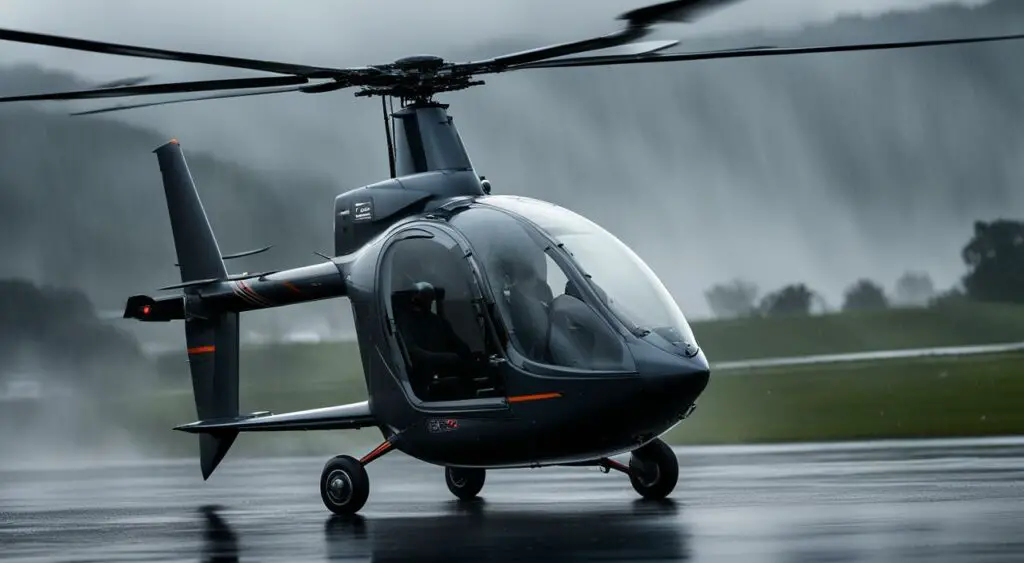
When it comes to flying a gyrocopter, the weather plays a crucial role in determining whether or not it’s safe to take off.
Rain, in particular, can present a unique set of challenges for gyrocopter pilots.
According to regulations set by the Federal Aviation Administration (FAA), gyrocopter pilots must maintain clear visibility at all times.
Rain can significantly reduce visibility and increase the risk of accidents.
As a result, the FAA strongly recommends avoiding flying in rainy conditions unless the pilot has received specific training for it.
For experienced gyrocopter pilots who have undergone specialized training, flying in light rain may be possible.
However, it’s important to note that even in these conditions, visibility can be severely limited, and the risk of accidents remains high.
It’s also worth noting that gyrocopters are not equipped with deicing systems, which can make flying in rainy or snowy conditions even more hazardous.
Pilots must be aware of the risks involved and take the necessary precautions to ensure a safe flight.
Ultimately, whether or not to fly a gyrocopter in the rain is a decision that should be made only after careful consideration of the weather conditions, the pilot’s experience level, and the specific regulations that apply to gyrocopter flying in the area.
“Rain can significantly reduce visibility and increase the risk of accidents. As a result, the FAA strongly recommends avoiding flying in rainy conditions unless the pilot has received specific training for it.”
Flying a Gyrocopter in the United States: Regulations and Restrictions
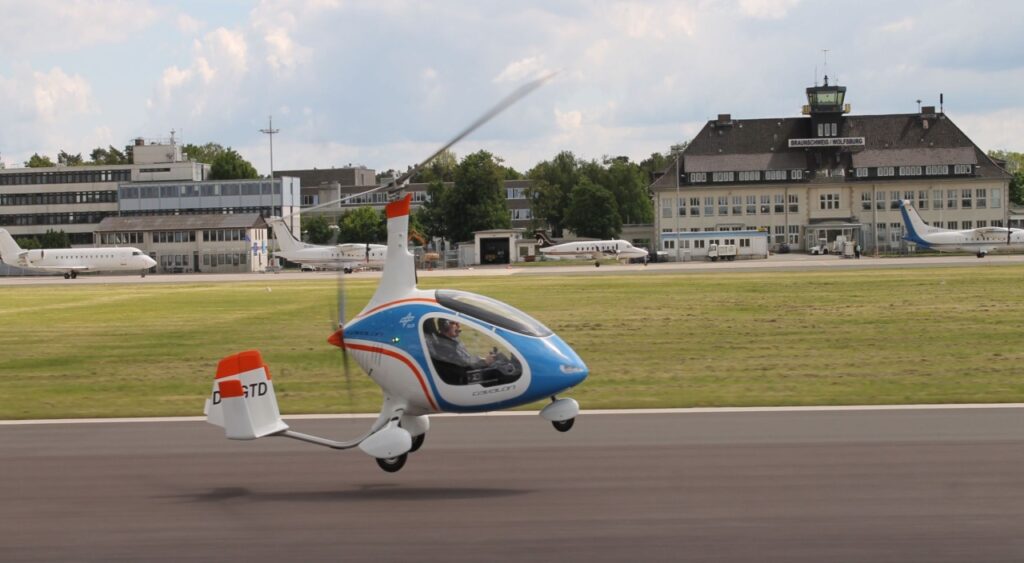
As with any aircraft, flying a gyrocopter in the United States entails adhering to specific regulations and restrictions.
To fly a gyrocopter legally, it is crucial to understand these guidelines and follow them diligently. Failure to comply could result in hefty fines or legal consequences.
Gyrocopter Flying Regulations
The Federal Aviation Administration (FAA) oversees all flights in the national airspace and has established guidelines for gyrocopter pilots.
To operate a gyrocopter legally, pilots must have a sport pilot certificate with a gyroplane (gyrocopter) category rating.
This certificate requires a minimum of 20 hours of flight time, including at least 15 hours of flight instruction and five hours of solo flight.
Additionally, pilots must pass a knowledge test and a practical test with a certified flight instructor.
Other regulations that gyrocopter pilots must adhere to include the use of appropriate landing areas, such as runways designated for gyrocopter operations.
Pilots must also use standard traffic pattern procedures and maintain appropriate altitude levels in accordance with FAA regulations.
Fly a Gyrocopter Legally
To fly a gyrocopter legally, pilots must also obtain a gyroplane maintenance certificate. This certificate requires the completion of a 16-hour maintenance course and a written exam.
It authorizes the holder to maintain, inspect, and approve their gyrocopter for flight.
Gyrocopter Flight Restrictions
While gyrocopters can operate in many areas, there are certain restrictions to consider. For example, flying a gyrocopter over congested areas or large gatherings of people is prohibited.
Additionally, flying near or around airports without prior clearance from air traffic control is not allowed.
Pilots must also maintain a safe distance from other aircraft and be mindful of any temporary flight restrictions in place.
Overall, flying a gyrocopter in the United States requires careful adherence to regulations and restrictions.
Pilots must obtain proper certifications and maintain their aircraft accordingly to ensure safe and legal operations.
By following these guidelines, gyrocopter pilots can enjoy the unique and thrilling experience of flying these exceptional aircraft.
Gyrocopter Pilot License Requirements: Flying a Recreational Gyrocopter
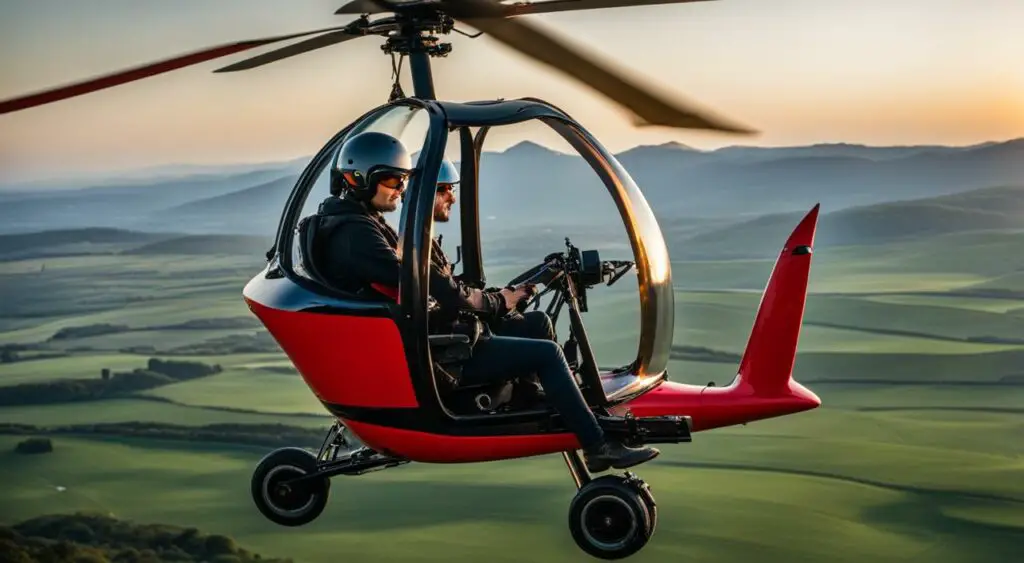
Before flying any gyrocopter, it is important to know the license requirements.
The Federal Aviation Administration (FAA) has established specific guidelines for pilots seeking to fly gyroplanes, which fall under the category of sport pilot aircraft.
The first requirement for flying a recreational gyrocopter is obtaining a sport pilot certificate.
This certificate is issued by the FAA and requires a minimum of 20 hours of flight training, which includes both ground and flight instruction.
The ground instruction typically includes aerodynamics, meteorology, and aircraft systems, while flight training focuses on takeoff and landing techniques, in-flight maneuvers, and emergency procedures.
Once the flight training is complete, the pilot must pass a practical test, which includes both an oral and flight component.
The pilot must also pass a medical examination, which assesses the pilot’s physical abilities and determines if they are fit to fly.
It is important to note that the specific requirements for a sport pilot certificate may vary depending on the region and country.
Additionally, there are restrictions on the type of gyrocopter that a sport pilot can fly.
Specifically, a sport pilot cannot fly a gyroplane that weighs more than 1,320 pounds or carries more than two people.
Overall, flying a recreational gyrocopter requires a significant investment of time, effort, and financial resources.
However, for those who are dedicated to the pursuit of flying, the rewards of piloting a gyrocopter can be well worth the effort.
Operating a Gyrocopter Safely: Guidelines and Best Practices
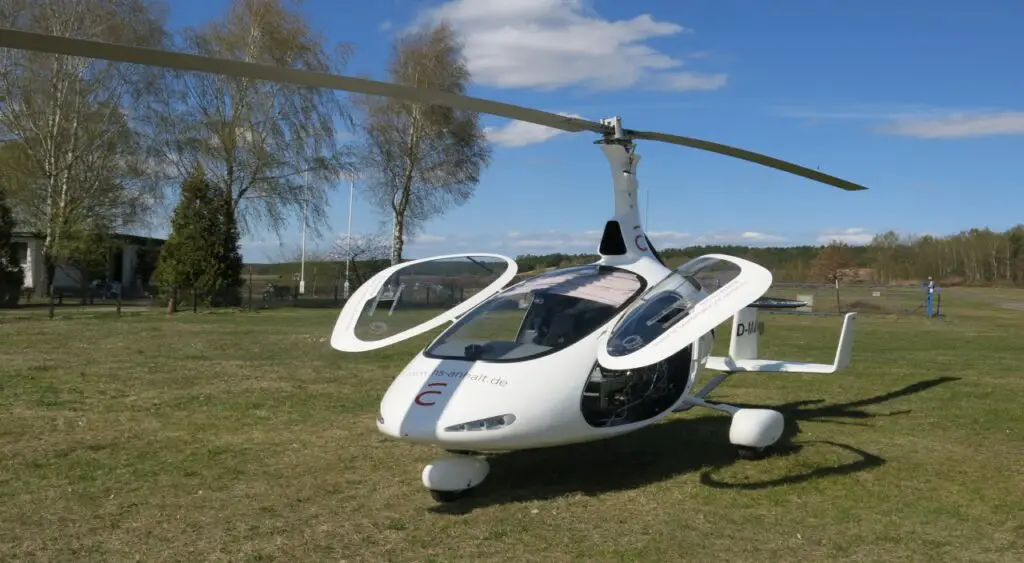
Operating a gyrocopter requires careful attention to safety guidelines to ensure a secure and successful flight.
Whether you are a seasoned pilot or just starting, adhering to these best practices can help prevent accidents and maintain the highest level of safety during gyrocopter operations.
Pre-Flight Checklist
Before takeoff, conducting a pre-flight checklist is a crucial step in ensuring a safe flight. The checklist should include an examination of the aircraft’s mechanical systems, fuel levels, and other vital components.
The pilot should also confirm that all necessary equipment is on board, including communication and navigation devices.
Weather Considerations
Gyrocopter pilots must be aware of weather conditions and how they can impact flying. Wind speed, humidity, and temperature can all have an impact on the aircraft’s performance.
Pilots should monitor weather patterns before and during the flight and be prepared to make adjustments to the flight plan if necessary.
Communication
Effective communication with air traffic control and other pilots is essential to ensure safe and efficient flight operations.
Pilots should follow standard communication procedures and understand proper radio etiquette. Clear communication with passengers is also critical to maintaining a safe and comfortable flight experience.
Emergency Procedures
Despite thorough preparation and planning, emergencies can occur during flight operations.
Pilots should have a thorough understanding of emergency procedures and be prepared to handle unexpected situations.
This includes knowing how to properly land the aircraft in the event of an engine failure or other emergency.
Training and Certification
Gyrocopter pilots must complete the necessary training and certification requirements to operate the aircraft legally and safely.
This includes obtaining a sport pilot certificate and completing the required flight hours and training programs.
Pilots should also strive to continue their education throughout their careers to stay up-to-date with the latest safety guidelines and best practices.
By following these guidelines and best practices, gyrocopter pilots can maintain a safe and successful flight operation.
Remember, safety is always the top priority when operating an aircraft.
Exploring the Speed and Handling of Gyrocopters

For those who have never flown a gyrocopter before, understanding its speed and handling characteristics can be daunting.
While it shares some similarities with helicopters, flying a gyrocopter requires a unique skillset and understanding of its strengths and limitations.
The speed of a gyrocopter is typically slower than that of a helicopter, with most gyrocopters having a top speed of around 70 to 90 miles per hour.
However, their ability to fly at lower speeds makes them ideal for low-altitude sightseeing. The handling of a gyrocopter is also distinct from that of a helicopter.
Unlike a helicopter, a gyrocopter does not have a tail rotor, which eliminates the risk of uncontrolled spins.
However, this means that gyrocopters require a longer takeoff and landing distance and must be flown at a higher forward speed to maintain lift.
As for the experience of flying a gyrocopter, it can be challenging at first for those accustomed to fixed-wing aircraft.
However, with proper training and practice, most pilots master the necessary techniques relatively quickly.
It’s important to note that gyrocopters are highly responsive and agile aircraft, capable of performing tight turns and steep climbs.
However, this can also make them more challenging to fly in windy conditions or turbulence.
Overall, while flying a gyrocopter can be a unique and thrilling experience, it requires a level of skill and attention to detail that should not be underestimated.
As with any aircraft, proper training and adherence to safety guidelines are critical for safe and successful flights.

Conclusion
In conclusion, flying a gyrocopter can be a thrilling experience, but it is important to understand and adhere to the regulations to ensure safe and legal flights.
Before taking to the skies, it is crucial to learn about the technical specifications of the aircraft and obtain the necessary qualifications and certifications.
Additionally, understanding the operational aspects of gyrocopter flights, including appropriate landing areas and flight restrictions, is essential to ensure a safe and successful flight.
When it comes to flying a gyrocopter in the United States, it is important to comply with the Federal Aviation Administration (FAA) guidelines and any additional rules that apply.
Obtaining the necessary licenses and certificates is also essential to operate a gyrocopter legally.
Moreover, operating a gyrocopter safely requires following important guidelines and best practices for maintaining safety during gyrocopter operations.
While the handling of gyrocopters may present some challenges, it is a rewarding and exhilarating experience.
Understanding the speed and handling characteristics of the aircraft is also important to ensure a safe and enjoyable flight.
Ultimately, flying a gyrocopter anywhere requires knowledge, experience, and adherence to regulations.
By taking the necessary steps to learn about the aircraft and obtain the appropriate qualifications, flying a gyrocopter can be a safe and thrilling activity.

FAQ
-
Can you fly a gyrocopter anywhere?
No, there are regulations that dictate where gyrocopters can be flown. It is important to adhere to these regulations to ensure safe and legal flights.
-
What is a gyrocopter, gyroplane, and autogyro?
A gyrocopter, gyroplane, and autogyro are all terms used to describe the same type of aircraft. They are rotorcraft that use an unpowered rotor to generate lift and a powered propeller for forward thrust.
-
What are the qualifications for a sport pilot license?
To obtain a sport pilot license, individuals must meet certain requirements set by the Federal Aviation Administration (FAA), which include a minimum number of flight hours and passing a written and practical exam.
-
How do you learn to fly a gyrocopter?
To learn to fly a gyrocopter, individuals must undergo training from a certified gyrocopter flight instructor. This training includes both ground instruction and flight lessons.
-
Where can you legally fly a gyrocopter?
Gyrocopters can be flown at approved landing areas, such as designated airports and helipads. It is important to follow local regulations and obtain any necessary permissions before flying.
-
Do you need a license to fly a gyrocopter?
Yes, a pilot license is required to operate a gyrocopter. The specific type of license depends on the country and regulations in place.
-
Can you fly a gyrocopter in the rain?
The regulations surrounding flying a gyrocopter in the rain vary and depend on the specific aircraft and pilot qualifications. It is important to consult local regulations and adhere to safety guidelines.
-
What are the regulations and restrictions for flying a gyrocopter in the United States?
The Federal Aviation Administration (FAA) in the United States has specific regulations and restrictions for gyrocopter flights. These include airspace restrictions, licensing requirements, and flight operation guidelines.
-
What are the pilot license requirements for flying a recreational gyrocopter?
The pilot license requirements for flying a recreational gyrocopter typically involve meeting certain training and flight hour requirements set by the aviation governing body of the specific country.
-
How can you operate a gyrocopter safely?
Operating a gyrocopter safely involves following safety guidelines and best practices. This includes regular maintenance checks, conducting pre-flight inspections, and continuously staying updated on safety procedures.
-
What are the speed and handling characteristics of gyrocopters?
Gyrocopters have different speed and handling characteristics compared to other aircraft. The specific speed and handling capabilities can vary depending on the model and design of the gyrocopter.
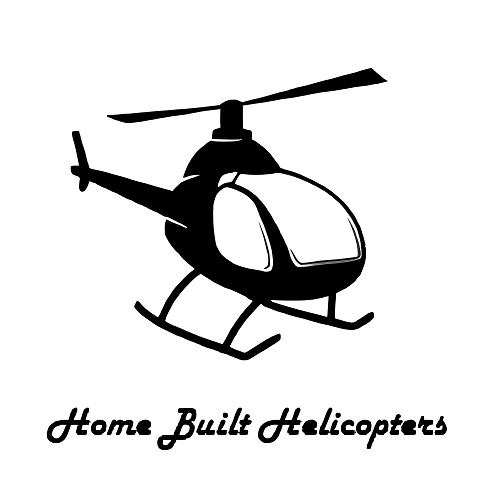
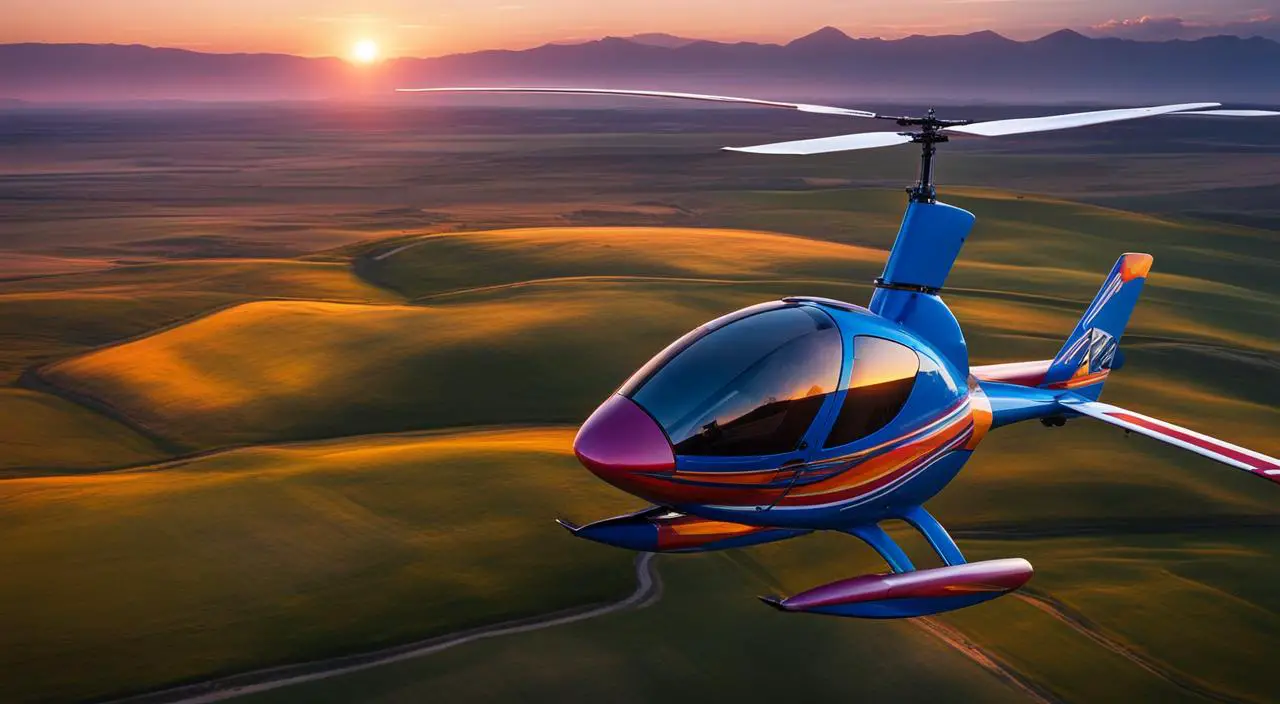
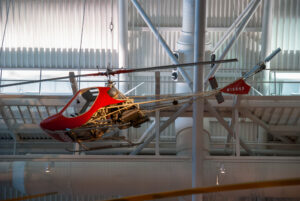
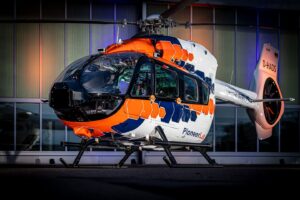


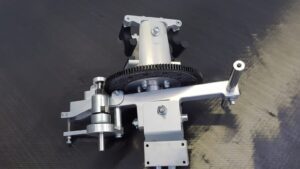
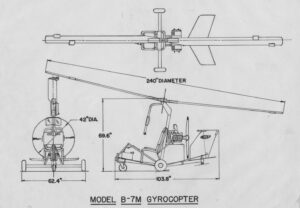
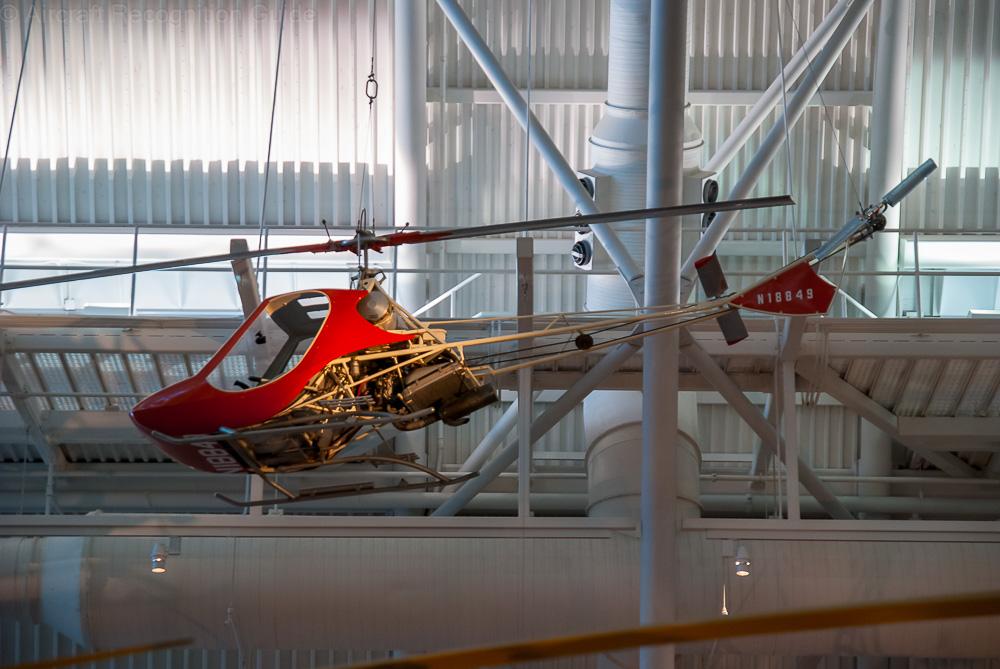


Leave a Reply